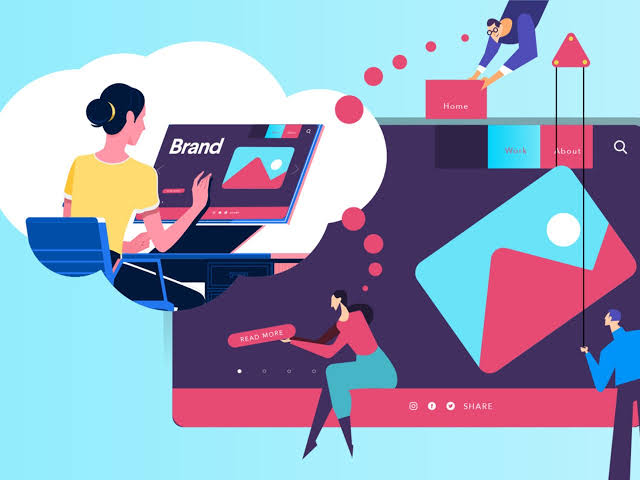Learn What Are The Best Practices For Onboarding Experience UX?
Do you want to improve the usability of your product? Here’s all you need to know about the greatest onboarding experience UX paradigms!
Designing a successful user onboarding process is critical for product growth and retaining users. All customers need guidance when they first start using your product, therefore it’s only natural that you walk them through the key elements of your design. A solid user onboarding flow, on the other hand, is much more than a product tour.
What is the definition of a user onboarding experience? A user onboarding experience is the first user experience UX that a person has when they first download and use your product. It is typically in the form of a brief tour that explains how to utilize the major features of the product in short, simple phases.
If you’ve ever opened a new app for the first time and seen 2-3 screens with brief, polite phrases explaining what the app is for, you’ll know what to anticipate before you even start using it. Alternatively, if a brand-new social networking software leads you through creating an account, configuring settings, and adding a few interests to get started, you will be a few steps ahead of the game.

Why Is Onboarding Considered necessary?
Onboarding is an important step in a user’s journey. Onboarding is analogous to meeting a new individual. In the development world, the initial point of contact with your target audience is important for generating a good impression.
Onboarding assists customers in understanding what they will need to do in order to acquire what they want from an app or product. It’s a technique for building confidence and trust in your users, which helps them while also contributing to greater conversion and retention rates for your firm.
The following are the best practices for creating a smooth client onboarding experience UX :
Become acquainted with the users you will be onboarding.
Users are individuals, and not all individuals are the same. As a result, even if you have a diverse set of people downloading your products, you may get a general idea of who they are. This data is critical for designing the user onboarding process. If you’re creating an onboarding feature, we’ll assume you’ve already created the majority of the product features. But, ideally, you took the time to do extensive user research.
Including an element of surprise can help you build an emotional connection with your customer and help them learn the main features of your product faster.
Suggestions for removing roadblocks:
- Do not need the creation of an account before attempting to utilize the product.
- Request user information as late as feasible.
- Integrate personality into the user onboarding process.
- Check that the tone and visual design of your user onboarding funnel are consistent with the rest of your product. Take a look at the phrases branding and brand identity. They argue that forming an opinion about someone simply takes a few seconds. Users are just as prone to forming snap judgments when they encounter your product for the first time; consequently, you want that meeting to go well.
You want to quickly introduce your consumers to the personality of your product. It lends a more friendly look to your brand. People who have a great first impression of your product are more likely to promote it on social media or tell their friends about it, resulting in additional users. As a result, they’re more inclined to award it a better rating. Learn more about Experience UX.
Progress Bars and Checklists
Showing individuals their progress in the onboarding process is one way to keep them motivated and moving forward. When people see progress bars, they are more driven to attain their goals. They want to finish the tasks they start, and having the progress meter track their progress is a strong motivation.
Practical Hints (Tooltips) and Hotspots
Some apps skip product tours and welcome screens in favour of displaying tooltips and hotspots to users. Because of the greater screen size, desktop and online apps have more real space than mobile apps (and the ease of clicking on a tooltip or hot spot rather than trying to tap one).
Follow-up: engage with further data
You must use prudence and apply this recommendation with care. As we saw with WhatsApp’s brief user onboarding procedure, not all onboarding processes include sufficient information to warrant sending emails or alerts to the user. If your product is tough, you may want to consider offering a way for people to learn more about it.
You may give a complementary side of user onboarding Experience UX by sending emails with fast and visual instructions on minor features that did not cut the onboarding flow. Furthermore, YouTube videos are a great way to teach how to utilize the product. They may supply extensive information without clogging up the initial onboarding process.


